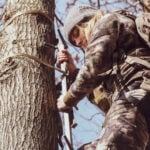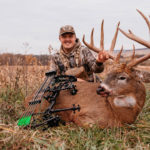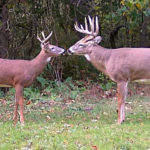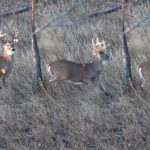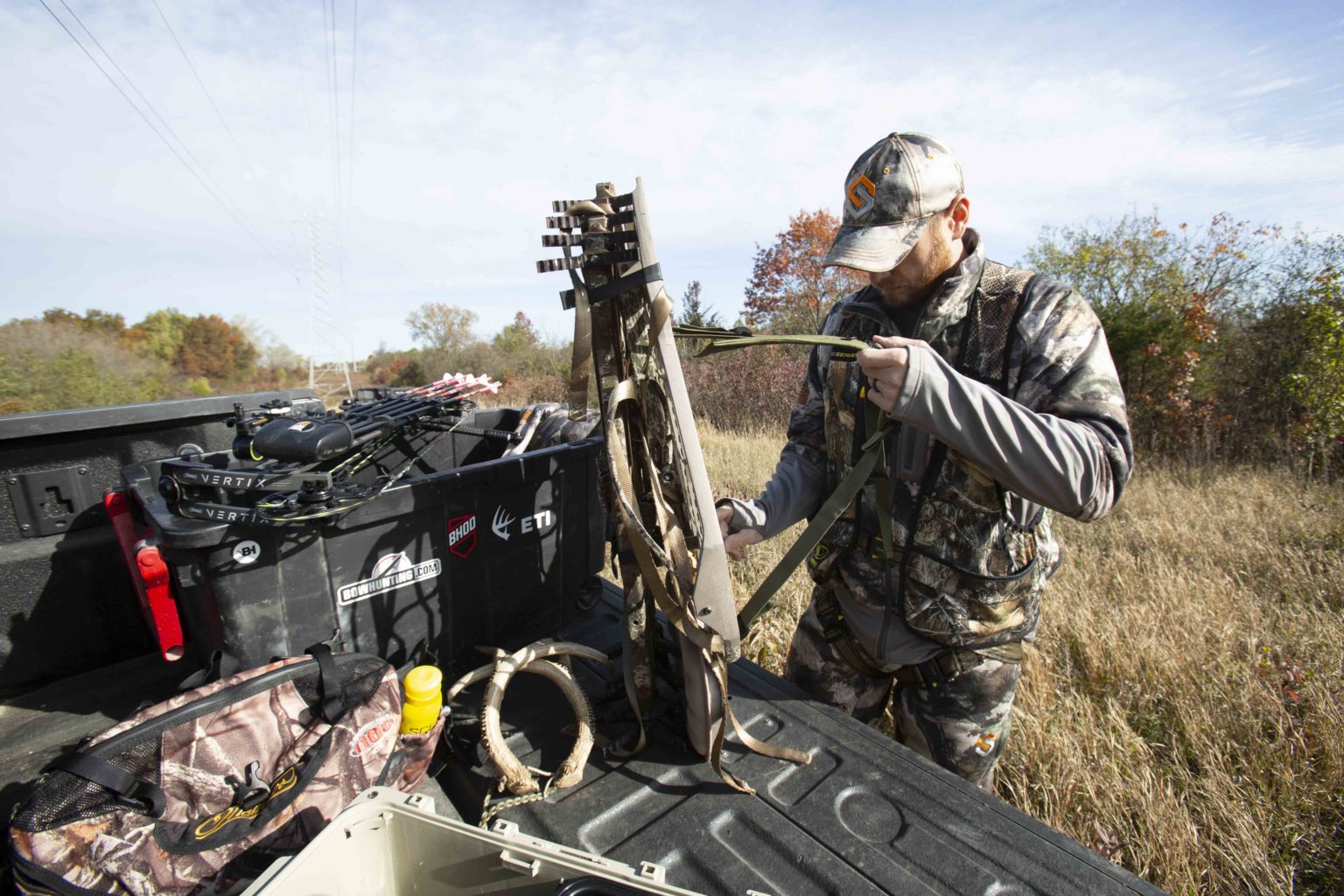
Past 30 yards, bowhunting for whitetail deer becomes much more a game of luck and guesswork. Bucks change their minds and their direction of travel on a whim.
One second everything looks good, the buck is heading toward your shooting lane. Then the next second he changes his mind, sees a doe or picks up his pace and you are immediately behind the curve, playing catch up.
Then it’s over – your arrow still on the string. Man, I hate that helpless feeling. Wait a minute, that wasn’t supposed to happen. I need a mulligan here. However, everything is ten times easier when they are close. You have so much more margin for error.
When I see a nice buck approaching, and I realize he is going to pass at more than 30 yards, I start fretting, worrying and panicking. I immediately begin to fear what might go wrong.
Too many important things are out of my control. But, when it appears he will pass within 20 yards, I start licking my chops. We’ll be eating back strap tonight. That is how much of a difference just 10 yards can make in this game.
Setting Up Close Encounters
Chuck Adams once wrote an article in which he recommended setting up stands 30 yards from the trails you are hunting. He felt that a 30-yard shot was still short enough to present very high odds but the distance was also long enough that the deer would not likely notice you. It makes a lot of sense, but respectfully, I would still rather have them “whites of the eyes” close.
Deciding how far to set up from deer sign and trails is an overlooked art. You want to be close but you don’t want to stand out like an overgrown buzzard.
I have a friend who recently inspired me to look at the seemingly simple act of picking a tree much closer than I had. I always picked any reasonably climbable tree within 20 yards of the trail and then hoped for the best. Occasionally deer saw me, but I figured that was part of bowhunting.
My friend Larry showed me that you could minimize the number of deer that see you by walking all the way around the tree while looking up at the proposed stand location.
If you are going to be seriously sky lined when you view the stand from the direction you expect deer to pass, you probably need to pick a different tree. Using Larry’s method, you will soon learn that the kinds of trees you have behind your stand are nearly as important as the tree in which you plan to hunt.
When you have trees with lots of leafy branches directly behind your stand, you can get away with being close but not draw attention. Another option is to use a product such as Cover System leaves that you can attach to your stand to better hide your outline.
Another simple tip that helps you remain hidden when hunting close to a trail or funnel is to place your stand on the back of the tree and then stand while waiting.
This is what I do most of the time now. I even hunt from several stands that don’t have seats. I stand facing the tree, hiding behind the trunk whenever a deer is passing close by. Once it is past my tree, I draw and shoot it.
Placing your stands 15 yards from trails will definitely increase the percentage of close shots, but sometimes you won’t find the perfect setup. A bedding area is an example. You will probably have to place your stand based on wind direction and the need to keep a low profile coming and going rather than based on trails.
You may also find a great funnel some day where the best trees are a long bow shot away. In both of these cases, you have to either take what nature gives you (setting up for longer shots) or look for ways to manipulate the movement patterns of the deer so they come closer. Here are a few tips.
Obstacles can redirect even mature bucks as they travel. You can help determine where they walk (bringing them close to your chosen tree) by creating your own diversions. Some of the techniques that follow require some impact on the local cover or fences, so make sure you get the landowner’s permission first.
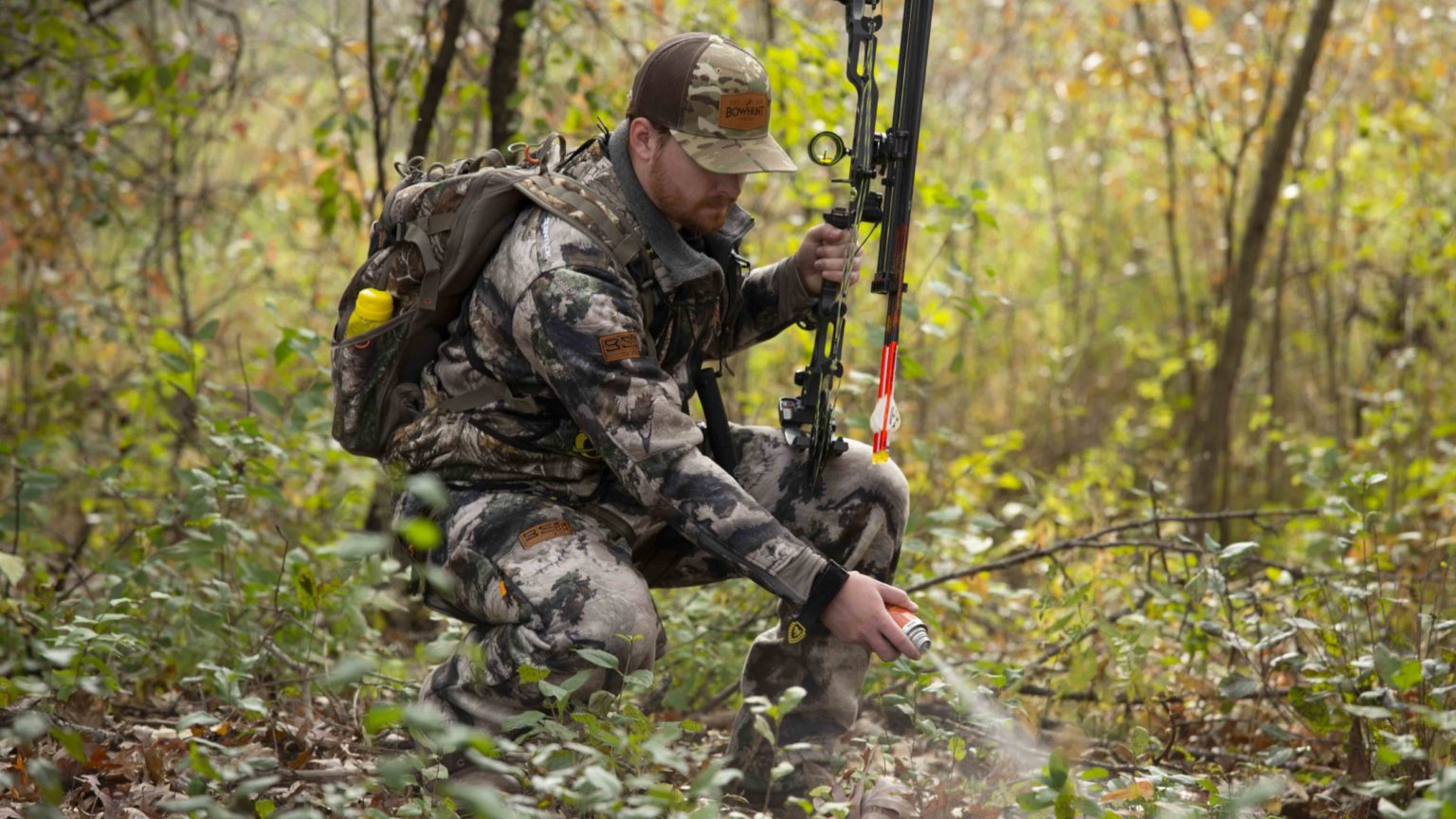
Mock scrapes: These are simple to make. Use a thick branch and scratch out the a patch of bare earth under an overhanging limb that is about four to five feet off the ground.
Use commercially available mock scrape deer urine mixes (generally scents from another buck) to freshen the scrape often or use a product such as the Scrape Dripper from Wildlife Research Center to keep it fresh when you aren’t around. The idea is to create an attraction that bucks detour to visit by habit when traveling along a trail that is farther away.
Mock scrapes won’t work magic, but after they have been in place for a while they will make bucks curious enough to come past for a closer sniff. Of course, the key is to keep human scent to an absolute minimum when freshening the scrapes. I recommend the Elimitrax boot system to eliminate scent on the ground and on low brush.
Manmade bottlenecks:You can create funnels in many ways. For example, you can open a gate that doesn’t contain any livestock to give deer a convenient travel route. One piece of property I often hunted has three open gates on it. Deer pour through these gaps, beating down trails that would do a herd of Angus proud.
Few deer bother to jump the fence within 100 yards in either direction from the gate – they prefer the relative ease of walking through the gap. That means that two hundred yards of deer movement is compressed into a 16-foot wide opening! Do I have to say anything more?
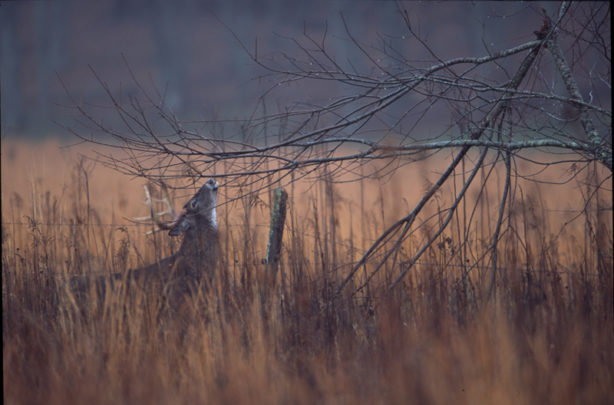
The second type of manmade funnel is similar. Deer will go out of their way to find the easiest fence crossings. By tying down the top wire of a fence, you create a jumping point.
To make it appear even more enticing to passing deer, some people run a string from fence post to fence post, above the top wire, for a good distance in either direction from the jumping point. Given a short time, deer will find your low spot and flock to it, creating a great manmade funnel.
One of my favorite situations is a hole in a thick brush line. Deer converge from all around to use the easiest passage through the cover. In effect, the cover itself is acting as a funnel to concentrate deer traffic. You can duplicate these conditions where you hunt by using cut brush to plug some trails, while opening others closer to your tree stand.
Diverting deer movement closer to your stand is important for bowhunters who are forced by a lack of available trees to set up farther from a trail than they would like.
You can take this to the extreme. I have a friend who actually plans to build 200 yards of fence along the edge of one of his food plots – with a 20-yard gap right in the middle. He expects (and probably rightfully so) that many of the deer approaching the field will use the gap rather than jumping the fence.
It sounds a bit questionable to me from a sporting standpoint, but it is legal where he hunts. And really, it is not much different from hunting over a gate opening.
Using Scent to Set Up the Shot
Mock scrapes are just one way you can use scents to direct traveling deer closer to your stand. You can also use scent trails on the ground and scent wicks hung from trees. These will not only attract deer, but also to position them for the shot.
Scent trails: Making a scent trail that crosses deer trails is risky business if you stink. You must do a great job of containing your own deer-offending scent.
Again, this means using some kind of strong measures such as wearing Elimitrax boots or even hip boots. I have used waders on occasion when I was getting in and out of particularly sensitive areas. It was a bit uncomfortable walking, but the deer didn’t smell where I had been.
By crossing nearby deer trails with deer scent, you have the best chance of grabbing the curiosity of one of the bucks passing on that distant trail and creating the close range encounter you desire.
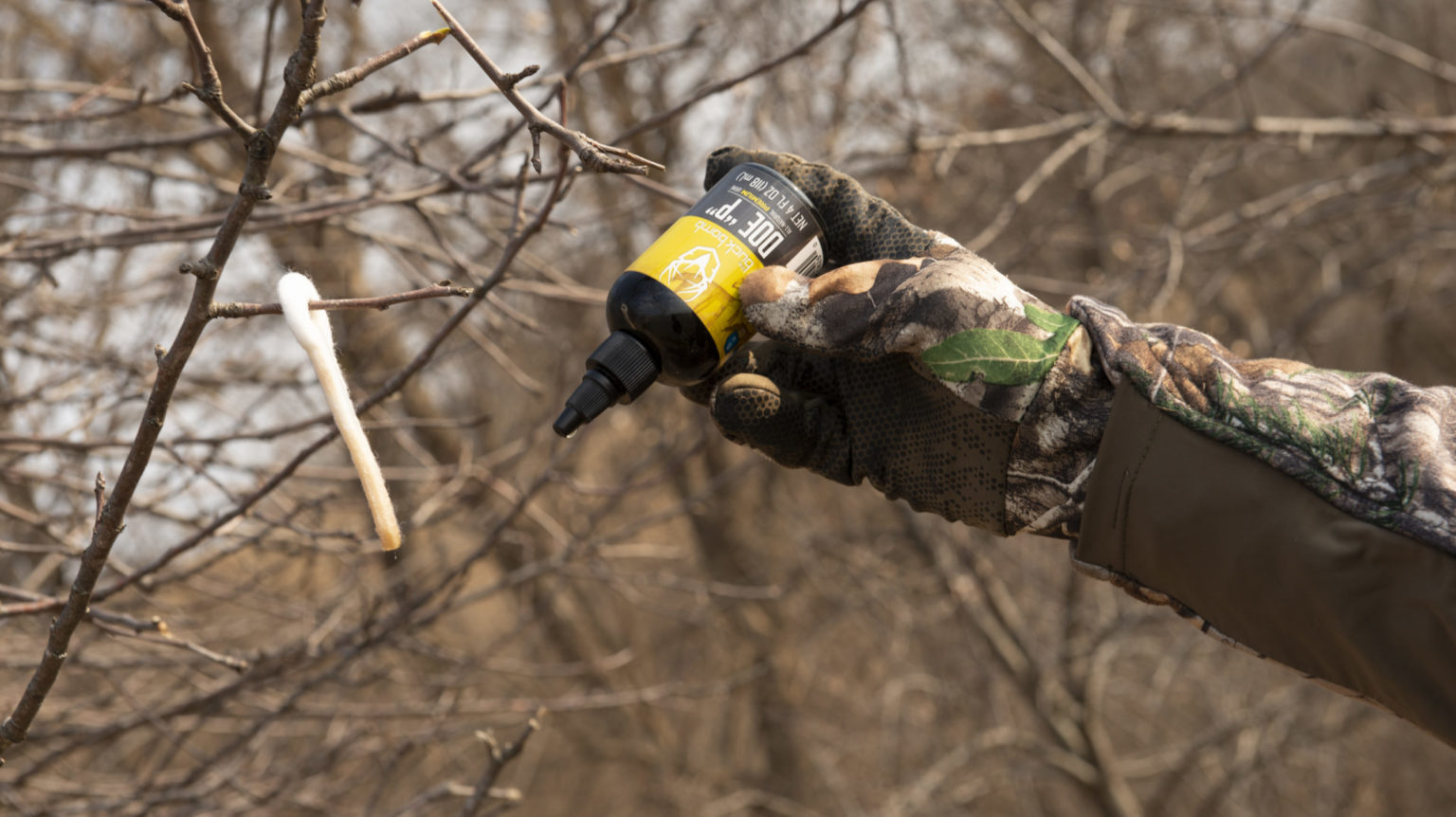
Scent wicks: You can bring deer in close or position them for the shot by hanging scent wicks 15 yards to either side of your stand. It is best to place them crosswind from the tree so that deer approaching from either direction are likely to hit the scent before they get into your scent stream.
Scent wicks also serve another important purpose when you must set up very close to a trail. The most challenging part of these situations is getting the deer into position for the shot.
Too often they are either facing you or facing away – at close range both are bad shot angles. They may also be too close where the downward angle is too steep for an ethical shot.
If you place a scent wick five feet to the upwind side of the trail 15 yards in either direction from your stand, you can cause a passing buck to stop for a few seconds and turn sideways. That will open up his vitals for a perfect shot.
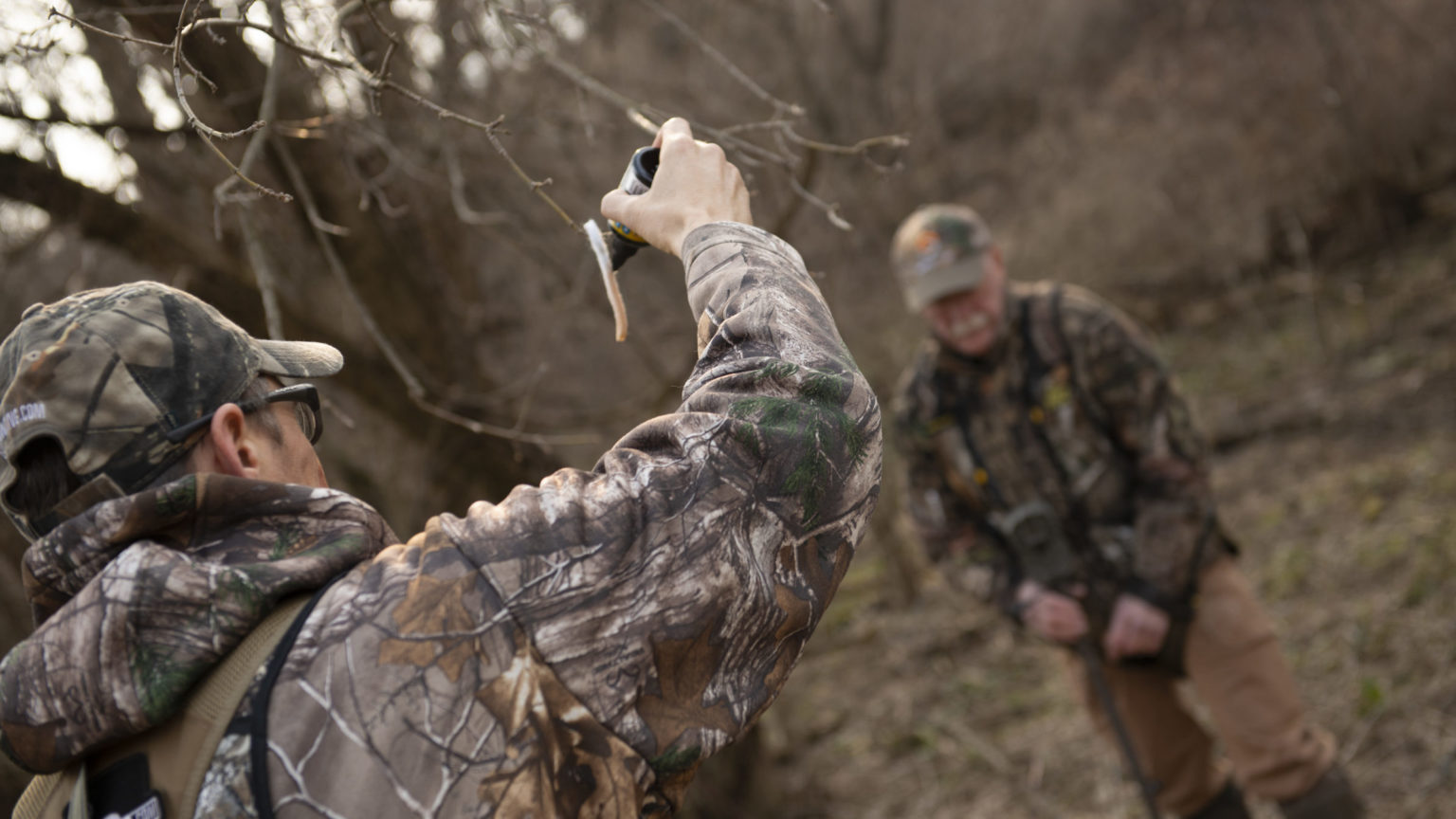
Calling Them in
Half of all the bucks I have shot in the past ten years came within bow range only after I grunted at them. Based on this experience, calling has the power to increase your chances for success during a season by as much as 50%.
If you’re willing to work tirelessly in your backyard this summer you can extend your bow’s maximum range by 10 yards. But, by simply using a deer call properly you can extend your maximum reach by more than 100 yards – when everything works as planned.
If you can see them, you have a chance. Calling is your number one tool when trying to create close shots at big whitetails.
You can’t expect mature bucks to come running every time you puff into a grunt call or crack a set of antlers.
There are only certain situations when calling works. I grunt at every shooter buck that I see passing out of range regardless of the time of the season. Overall, I’d say about 10% actually end up coming within bow range.
I can turn nearly all of the bucks that are out cruising by themselves using only a few simple grunts. However, when a buck is with an obviously hot doe, I’ve never pulled him even one step in my direction.
You can usually tell them right away. There’s no chasing, they are simply paired off and moving together. Bucks that are alone but seem to have a destination in mind are also tough to call.
These deer won’t come in immediately, but may come and check you out later. I’d give this group about a 5% chance of responding.
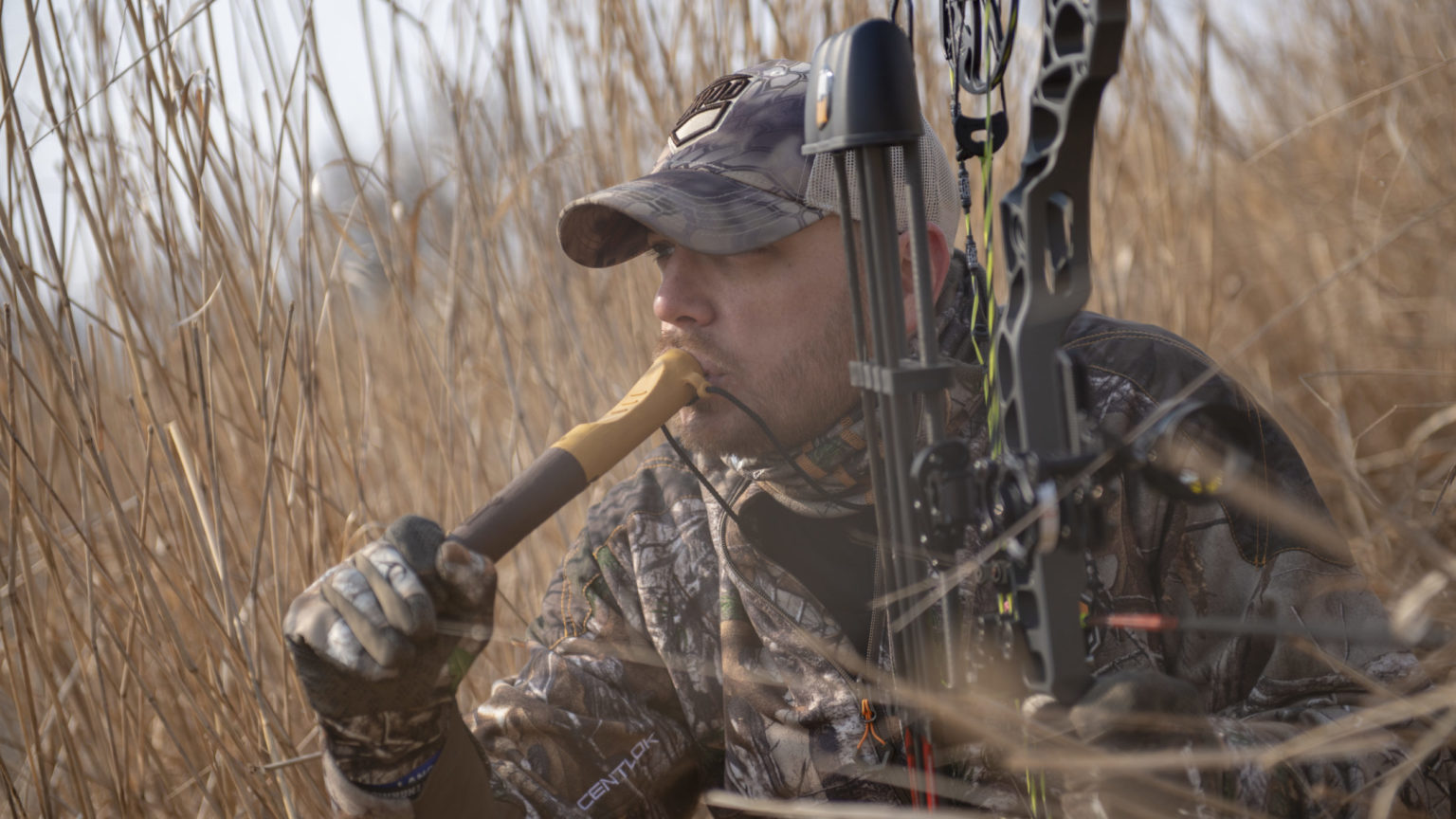
I’ve also had bucks that were chasing does come in an hour after I called to them. Remember, most things don’t happen fast in a whitetail’s world. An hour is nothing to them.
I’ve seen deer stand in one place staring for a lot longer than that. Stay alert at all times, just because a buck doesn’t come in right away doesn’t mean he isn’t going to come in at all.
I hunt in mostly good areas, so if you hunt in areas that receive a lot of hunting pressure you’re calling success rates will be lower than mine, but with as little effort as it takes to blow into a grunt call, or rattle a set of antlers together, even a 5% call-in rate is well worth the trouble.
Conclusion
Getting whitetails within 15 yards and then properly positioning them for the shot is an art.
When setting up your stands this year think in terms of shot selection – where you want them to stand and how you will get your bow drawn when they get there.
When you think in these terms, you will quickly learn that not all stand locations are made equal, and getting close and remaining undetected at the same time is not always easy.

